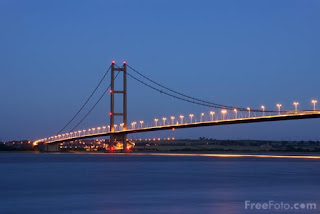
I find it fascinating that cultural differences cause such consternation amongst Americans. What I mean by that, is that people from all different cultures in our world now travel widely, and when they bring their particular culture (let's say, for argument's sake German culture), they bring with them their own set of behaviours and cultural traits. Whether or not these behaviours cause affront or delight, depends upon how different the people are from the inhabitants of the country they are visiting.
The other day at the pool here in Florida, some new arrivals appeared poolside. They were immediately "tagged" as Europeans by the locals, because he was wearing a Speedo-type swimsuit, which all the American ladies professed immediately to be disgusted by. The wife was wearing a bikini - and because she was over 50, this also gave cause to comments by the locals. However, the piece de resistance was that when this nice German man (for so he was), finished his swim, he went back to his chaise longue, sat down on his towel, and with his back turned to the pool, stripped off his swimsuit and donned a dry one. Well, you would have thought that he had run naked around the pool from the reactions of the other people there! Everyone (except the other Europeans) was horrified and believe it or not, the next morning, the management company was asked to go out and "sanitize" the chair the poor German man was using! The management was also asked to speak to this man and warn him that he could not change his swimsuit in the open but must go to the mens' washroom.
Now, I am not a prude, and I so was not shocked at his swimsuit because those kinds of swimsuits for men were all I ever saw in England when I was growing up and went to the beach with my parents or friends. The only proviso I would add here is that - perhaps - the German gentleman could have put on a robe when he took off his swimsuit just in case there were children around at the time. (There were no children there as it turned out). But the reaction of the Americans was overboard to my mind. Their culture is certainly not devoid of its share of prurient material, either on TV or anywhere else, but another country's mode of dress shocks their tender feelings!
Another topic of great interest to the pool crowd came from a German-Swiss couple who stayed for 2 weeks. They arrived at the pool every day with long, white bathrobes on and large, brimmed hats. They were tall, slim and very proper. They never sat in the sun, and rarely swam. The local pool crowd was fascinated by their "style" and talked about them continually. It brought home to me the fact that most Americans (and particulary Floridians) have not travelled anywhere outside either their state or their country, and so when they see people from different cultures they are amazed at the differences, and cannot understand why these people are not more "American"!
All I can say is thank goodness I came from a culture where "Vive la difference" was the cornerstone of your thinking, and individuality, uniqueness and non-conformism flourished.





